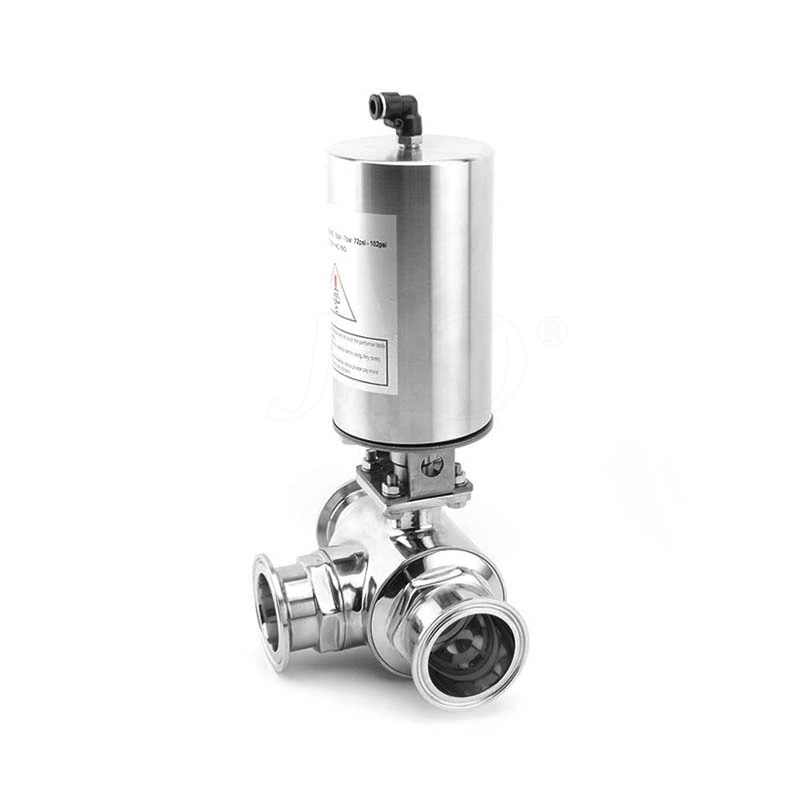What Are The Core Requirements For Sanitary Valves?
The Sanitary Valve standards mainly refer to those standards for valve design, manufacturing and inspection specifically used in the food, beverage, dairy, brewing, pharmaceutical, cosmetic and other industries. The purpose is to ensure the purity of the product, prevent contamination, and be easy to clean and disinfect, thereby ensuring the safety and quality of the final product. So do you know what the core requirements of sanitary valves are?
Core requirements of sanitary valves:
Material selection: Use stainless steel (such as 304, 316L) or other inert, corrosion-resistant alloys to avoid metal ions from precipitating and contaminating the medium.
Surface treatment: Mirror polishing with Ra<0.8 microns is required to reduce the attachment points of microorganisms.
No dead angle design: Ensure that all contact surfaces can be washed and there is no space for dirt to hide.
Removable parts: Easy to clean and inspect, some valves are designed with quick-release devices.
Seal material: Food-grade EPDM, PTFE and other elastomer materials are used, which are temperature-resistant and non-toxic.
Testing and certification: Valves must pass pressure tests, leakage tests, etc. before leaving the factory and obtain a health certificate issued by the agency.
Complying with sanitary valve standards not only ensures that products meet the high cleanliness and safety standards stipulated by the industry, but also helps companies pass relevant food safety management system certifications such as HACCP and ISO 22000, and enhance market competitiveness. Sanitary valve standards cover multiple aspects such as material selection, surface treatment, design details, manufacturing processes and verification testing to ensure that valves can meet standard hygiene requirements.
